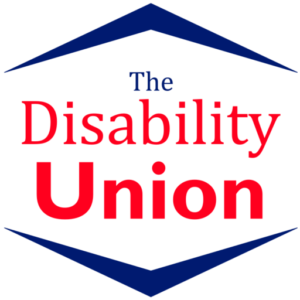
Your home should be the one place that is accessible to you. It’s where you spend the majority of your time, so you should be able to do everything you need to do independently. For some people, this means having lower countertops in the kitchen so they can cook while sitting in their wheelchair. Other people might need grab-bars in the bathroom, or wider doorways. Home modifications such as these can be expensive to pay out of pocket. There are ways to get funding for these adaptations, and today we’re going to discuss how and where to get started. As always, this is not the only way to go about getting funding, but it’s a great place to start!
Figure Out What You Need
You know better than anyone what you can and can’t do, and what you could do if things were made accessible. If you’re like me, you’ve probably got a list of ways your home could be more accessible. Write this list down, have it somewhere you can reference later so you don’t forget anything. There’s nothing worse than getting your long list of modifications approved only to find you forgot the ramp to the back door, and have to start the process over. The The National Health Service, or NHS, will help with:
- fitting a stairlift or a banister on the stairs
- adding a bath lift, walk-in shower or a rail you hold to pull yourself out of the bath (grab rail)
- widening doorways
- lowering kitchen worktops
- putting in an outdoor ramp or step rail
- security, such as outside lights and intercom systems
Home Assessment
After you come up with a starting list of adaptations you would like made, the next step is to schedule a home assessment with the NHS. During the assessment, an occupational therapist will come to your home and discuss your needs with you, and want to see the kinds of things you are struggling to do. This is so the therapist can get a good idea of what adaptations they recommend. The nice part about this visit is that the occupational therapist might come up with cheap adaptations you hadn’t thought of before!
I also recommend during this visit to have a friend or family member present. That way, you can have a second set of ears and eyes to help you remember what the therapist says, as well as someone who can take notes while you are talking. If you don’t have the ability to have a friend or family member at the assessment, you can get an advocate to help you.
What the NHS Covers
The NHS usually covers each adaptation that costs less than £1,000. This includes things like grab rails, concrete ramps or steps, and motion-activated lights for the front of your home. Small, cheap adaptations can be free.
Bigger Home Adaptations
There are some adaptations that are more expensive, like widening doorways or fitting a wetroom. For these, you can turn to grants such as Disabled Facilities Grant or Independence at Home. Additionally, a Home Improvement Agency may be able to help you find funding in your area.
Unhappy With Your Assessment?
You may not have gotten everything you thought you needed out of the at-home assessment, for any number of reasons. That’s okay, that decision isn’t the end. You can and should file a formal complaint with the local council. Their website should have a formal complaints procedure. If you are unhappy with how the council handles your complaint, you should then go to the local government and social care ombudsman. They are an independent person who look into complaints of different organizations.
Further Help and Advice
There are a lot of resources for adapting your home, and a lot of advice given out on the best way to go about getting to a fully-accessible home. Here are a few extra resources to get you started.
- Disabled Living Foundation (DLF) gives free advice about home adaptation
- Independent Age has advice on home adaptation
- The Money Advice Service has advice about shopping around for disability aids and equipment


